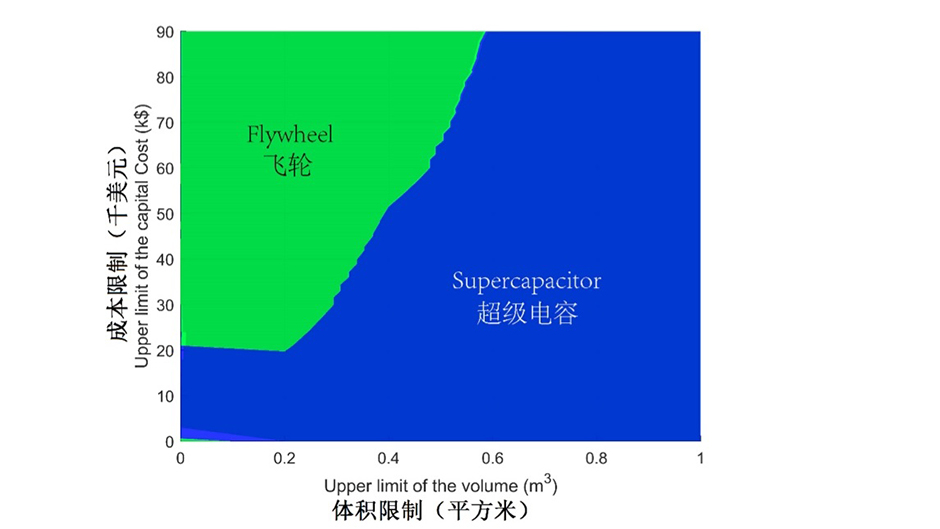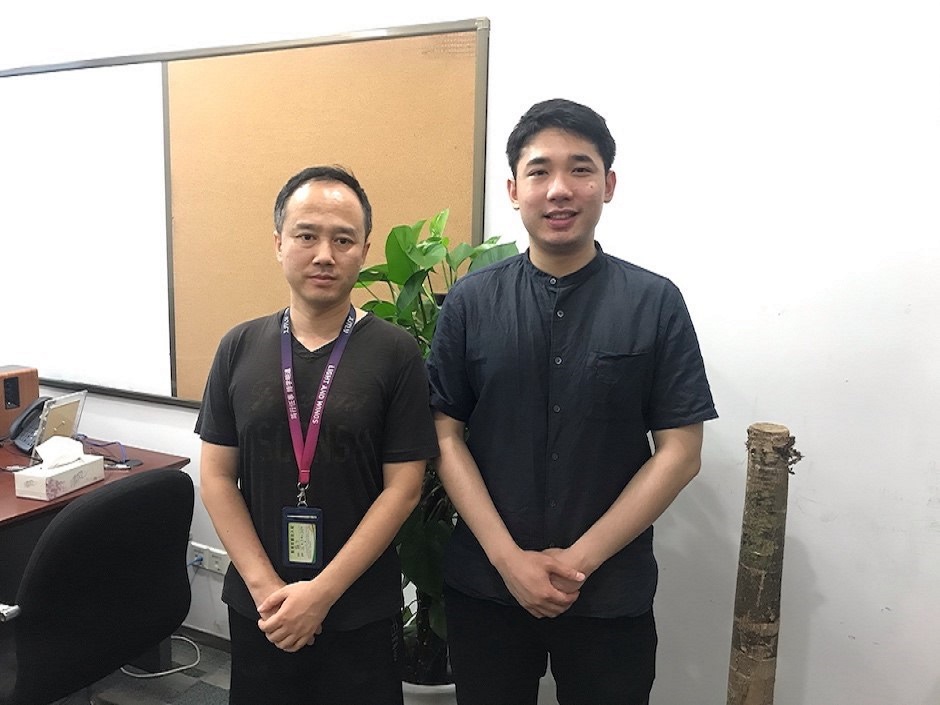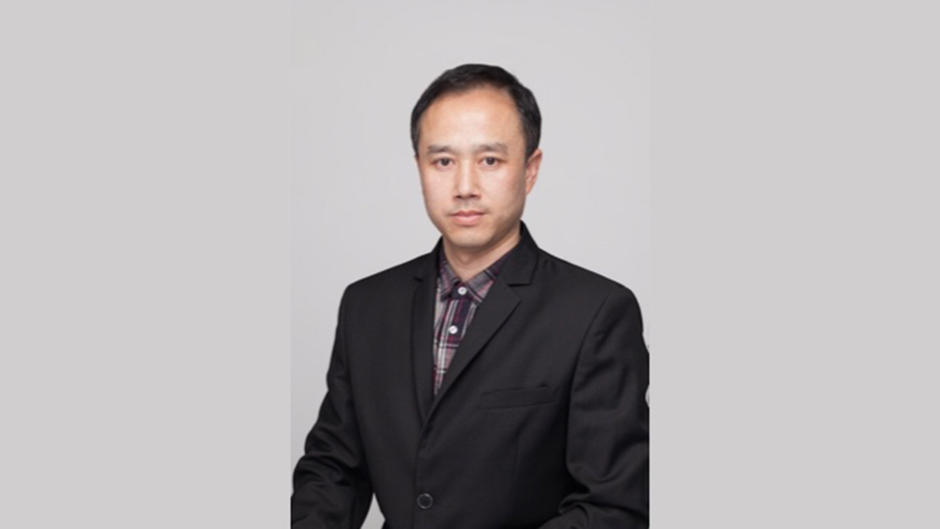07 Dec 2020
The scientific research team at the School of Advanced Technology of Xi 'an Jiaotong-Liverpool University has developed a set of algorithms which can intuitively reflect the energy-saving data of onboard energy storage devices (OESDs), showing the optimal capacity allocation for energy-saving. The research results were published in IEEE Transactions on Transportation Electrification, a top journal in the field of transportation.
With the advancement of railway electrification, the use of OESDs is becoming increasingly common, leading to the urgent need to identify an energy storage device with the best capacity in order for trains to achieve the optimum energy-saving effect.
The rail industry has long been unclear about the specific power and cost savings of energy storage devices, but this algorithm seeks to inform more targeted OESD capacity choices based on direct data.

Chaoxian Wu, a PhD student and first author of the article, says that by using the Changping line in Beijing as an example, the project can consider a real-life train operation scenario, comprehensively factoring in the cost, discharge/charge power, capacity and volume of three commonly used OESDs: supercapacitors, Li-ion batteries, and flywheels.
“Trains equipped with OESDs but without capacity optimisation can reduce their energy consumption by 11.6 percent after using the algorithm to improve capacity,” Wu says. “And the algorithm can help save 23.4 percent more power than trains not equipped with OESDs.”
He explains: "The three types of OESDs available all have different benefits and drawbacks. Two key considerations are whether the volume of these energy storage devices is suitable for the size of the car, as well as the affordability of the device.
“This model integrates these factors, analyses and compares the three types of OESDs, and directly obtains the optimal capacity and energy-saving effect of the devices.”
Chaoxian Wu says that the operation routes, time and mode of trains are generally fixed, which the model takes into account.
“When using this algorithm, there is no need to change the existing operation of the train. As long as the operation data, e.g. train speed profiles, are input into the model, we can determine which capacity of batteries the train should be equipped with to minimise the power usage,” he says.
The green area shows where the flywheel has the best energy-saving effect; otherwise, the supercapacitor performs better.

Dr Fei Xue,Department of Electrical and Electronic Engineering, and PhD student Chaoxian Wu.
Wu's supervisor, Dr Fei Xue from the Department of Electrical and Electronic Engineering, says: "This model can help the industry solve an integral choice issue, and is expected to help the railway operation department in selecting the energy storage device of the train to achieve the best outcomes in terms of cost and electricity conservation."
Under the guidance of Dr Xue, Dr Shaofeng Lu of South China University of Technology, and Dr Lin Jiang of the University of Liverpool, Wu has published a number of research outcomes on the subject of intelligent transportation and transportation electrification in notable mainstream journals such as IEEE Transactions on Intelligent Transportation Systems and IEEE Transactions on Transportation Electrification.
The current project, funded by the National Natural Science Foundation of China and the National Rail Transit Electrification and Automation Engineering Technique Research Center, was conducted in close cooperation with Dr Shaofeng Lu of the Shien-Ming Wu School of Intelligent Engineering of South China University of Technology.
About the supervisor:
Dr Fei Xue, Associate professor of the Department of Electrical and Electronic Engineering
Dr Xue got his PhD in electrical engineering from Politecnico di Torino of Italy in 2009. His research interests focus on networking operation for electric vehicles, eco-city, security of critical infrastructures and energy internet.
By Huatian Jin, edited by Chloe Byrne
Photos by Chaoxian Wu, Shutterstock
Translated by Yi Zhang
07 Dec 2020







